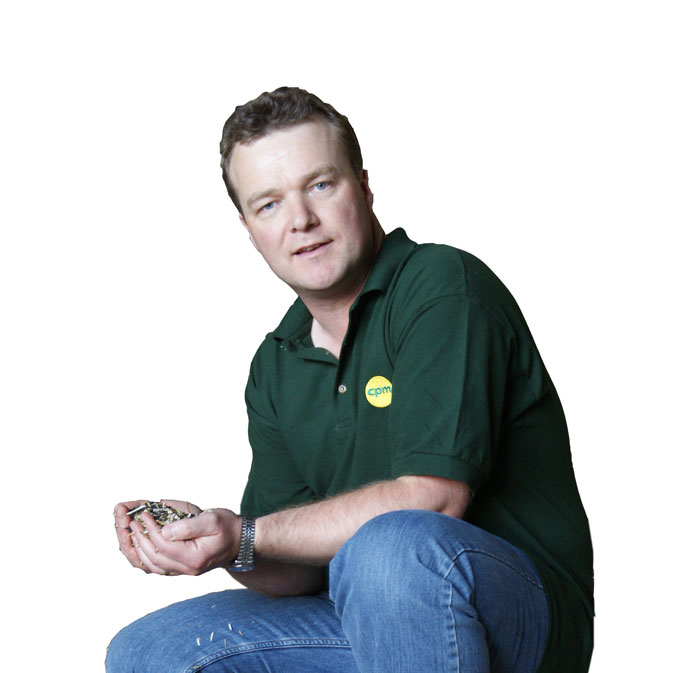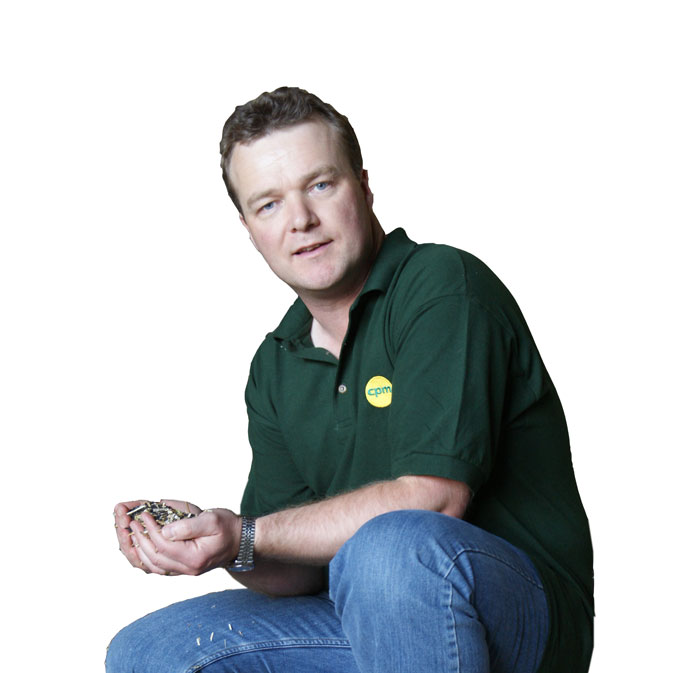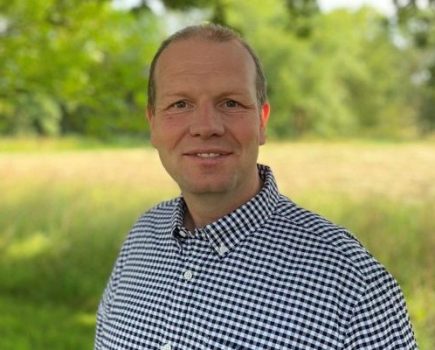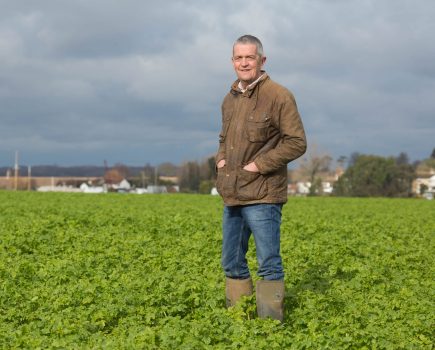 I’m going to start by declaring an interest: I’ve invested in the Small Robot Company.
I’m going to start by declaring an interest: I’ve invested in the Small Robot Company.
Apparently I’m not alone. There are hundreds of us – farmers who have been drawn by this very disruptive concept that crop management can be replaced entirely, or at least augmented, with autonomous robots, to the extent we’ve parted with our cash.
To be honest, I don’t know whether this forms an element of agriculture’s fourth revolution we’re being encouraged to forge (see article on p12), or UK Farming’s version of the Emperor’s New Clothes. It seemed a little like the latter when Tom, the autonomous scouting robot, came to visit the other day (actually it was the prototype Britney, but let’s not confuse things).
For those who don’t know the Small Robots, Tom looks like a remote-controlled car and is the size of a spaniel. Equipped with all sorts of cameras and location devices, he’s learning about what wheat is and where the weeds are on around 20 farms across the UK, mine being one.
It’s a brilliant concept, but there’s a lot of work to do, as was evident from Tom’s last visit. A fellow investor had joined us, to see him in action, and there was quite a wait, in the chill January sunshine, as Tom had to be rebooted and a few synchronisation issues sorted out.
Eventually it was all systems go, and Tom trundled into the field. But as he bumped over the field margin, his 3-D printed orange livery bounced off to reveal the simple Raspberry Pi-based gadgetry that makes up what could be part of the AI/robotics element of agriculture’s fourth revolution.
Or is it just a bunch of cheap electronics that will never replace a tractor? And it’s this doubt that underlies everything, absolutely everything, that sits before us – the uncertainty fills us with fear, but in equal measure fuels our excitement.
It’s the combination of Brexit and the fast-moving pace of technology that has completely turned our world upside down. If there is a seismic change taking place, I do believe we’re at the epicentre of it here in the UK – it will either ruin us or restore us to global mastery. We have the talent and the infrastructure to do the latter, but there are enough arrogant hotheads involved that the former is a frightening possibility.
And there’s nothing we should take for granted. Food, for example. As farmers, we tell governments they need us to produce it, and society will need more of it as global populations increase. But who says farmers will produce the food of the future?
For tens of thousands of years mankind has relied on photosynthesis to turn the sun’s energy into the food energy that sustains us. But it’s incredibly inefficient – we’ve developed photovoltaic systems that are already four times better than the plants we rely on for sustenance.
Perhaps some new technology will replace food as a vital human requirement – there’ll be something we’ll smear on ourselves, like a smart suntan oil, that will convert the sun’s energy directly into sustenance. Food as we know it will become a frippery, a designer good, and farmers will become the Ralph Laurens, Coco Chanels and Alexander McQueens of their own profession.
There’s then the question of how farmers will transition. For decades we’ve become accustomed to innovations from brilliant minds that appear on the market and help us make the step change in productivity – just look at the products behind the hundreds of pounds you spend on every single ha of your wheat crop.
We may moan there’s less innovation coming through in these products onto farm these days – the victim of an overburdensome EU regulation. But what’s been brilliant is the innovation that’s come from farmers themselves to replace it. The rise of the farmer-led, collaborative network is something new. It is glorious and empowering and it is up to those farmers, now, to position themselves as the architects of the fourth agricultural revolution.
And that’s why I’ve invested in Small Robots. I could have got it all wrong, and agriculture could go in any number of completely different directions. But any technological revolution takes a stuttering start that you only identify in hindsight, years after it’s happened. I remember in 1979, sitting down with some schoolfriends and manually keying into a microcomputer some basic code that made a triangle shoot a dot across a screen. I saw that same clunkiness in Tom as he tumbled into my wheat field. I don’t know where this journey’s going, but I want to be part of it.
Tom Allen-Stevens has a 170ha arable farm in Oxon, and this year’s trend highlights sees blackgrass receding, wheat making a confident re-entry into the rotation, and temporary grass as the must-have for the fashion-conscious. @tomallenstevens




